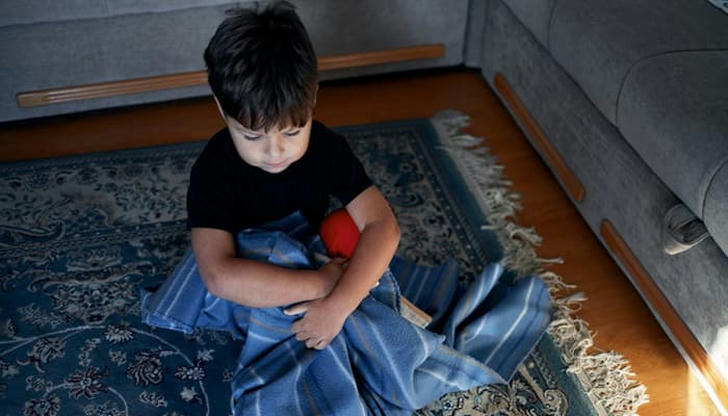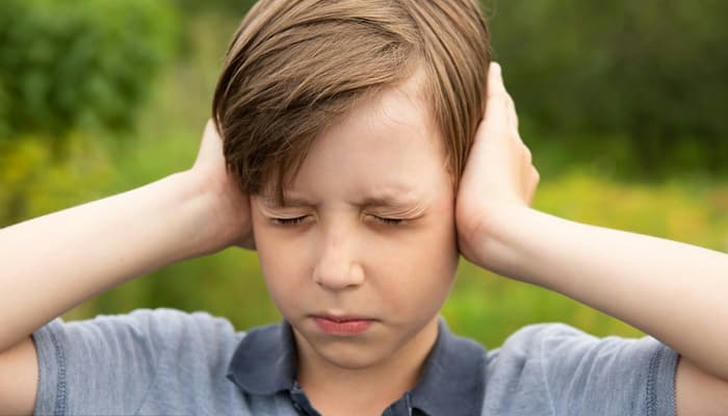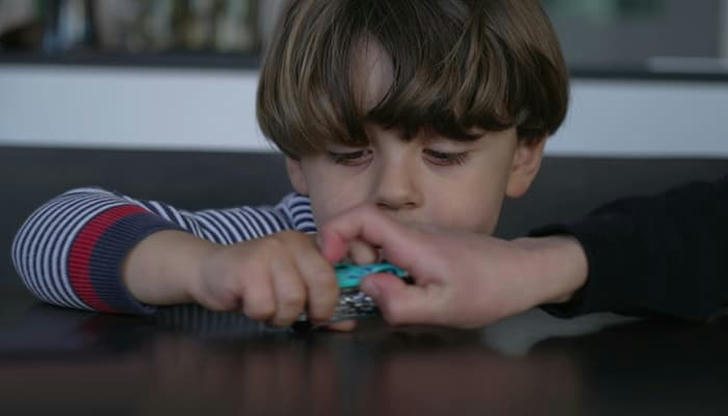Subtle Signs of Autism in Children: What Every Parent Should Know

Ever wondered if a quiet behavior is more than just shyness? For many parents, subtle signs of autism often go unnoticed, dismissed as mere phases or personality quirks. It’s easy to overlook these early clues—whether it’s a child’s preference for routines, difficulty with social interaction, or sensitivity to certain textures or sounds. These behaviors may seem insignificant at first, but they can be a key part of understanding your child’s unique needs. This article is all about helping you spot those early signs and understand what they really mean—so you can support your child in the best way possible, as early as possible. Let’s dive in and see what might be hiding in plain sight!
What is Autism?
Autism, or Autism Spectrum Disorder (ASD), is a developmental condition that influences how a child communicates, behaves, and interacts with the world around them. The term "spectrum" reflects the wide range of ways autism can manifest, from more subtle differences to more significant challenges in social interaction and behavior. Each child with autism is unique—some might struggle with verbal communication or understanding emotions, while others may find it hard to engage with peers or cope with changes in their routine.
Autism is becoming more widely recognized. Back in the year 2000, the CDC reported that 1 in every 150 children was diagnosed with autism. Fast forward to 2014, and that number had dropped to 1 in 59, indicating a sharp increase in awareness, identification, and understanding of autism. Despite this increase, the subtle signs of autism can still be easily overlooked, especially because they often don’t fit the traditional stereotypes. Identifying these signs early, however, can be crucial in providing your child with the right support and helping them thrive.
Why Subtle Signs Matter
Those subtle signs of autism often get brushed off as part of a child’s unique personality—like being shy, independent, or “a little different.” And when kids seem high-functioning, it’s easy to think they’re just “taking their time” with things. But here's the thing: recognizing subtle signs of autism early can make all the difference. Early detection means you can tap into the right resources, support, and strategies to help your child thrive. It’s like catching a small issue before it becomes a bigger one—so your child gets the help they need right when they need it.
Common Yet Overlooked Signs of Autism in Children
These are the things that can often get brushed off as quirks or “just being different,” but when you take a step back, they can point to something more.
• Social Interaction Challenges

One of the more subtle signs of autism is how a child interacts with others. They may avoid or struggle with eye contact, not because they're being rude, but because it’s hard for them to process or engage in that way. Imagine being in a room full of people, but you find it hard to look anyone in the eye—it can feel overwhelming. Your child might also show limited interest in playing with other kids. Instead of joining in group games, they might prefer to play alone or with their own set of rules. And change? Big struggle. If your child thrives on routines and gets upset when something is different, it could be a sign. For example, if changing the route to school causes a meltdown, it’s worth paying attention to.
• Communication Differences

When it comes to talking, some kids with autism might develop speech patterns a bit differently. For instance, you might notice your child repeating words or phrases—this is called echolalia. It’s like when they hear something and repeat it, even though they don’t fully understand what it means in the moment. Other children might have trouble understanding figurative language, like idioms or jokes. So when you say, “It’s raining cats and dogs,” they might look at you, confused, because they don’t get why you’re talking about animals.
• Behavioral and Sensory Clues

Autism can also show up in a child’s behavior or sensory responses. Some kids can get super focused on one thing. You might see your child spend hours lining up their toys or constantly watching the same TV show. While this seems innocent, it’s a sign of a deep interest that can sometimes feel all-consuming. Sensory issues are another big giveaway. Does your child react strongly to loud noises, bright lights, or certain textures? Maybe they cover their ears during noisy events or refuse to eat foods with certain textures. These reactions are often misunderstood, but they’re a way of showing that their sensory processing is different.
• Repetitive Behaviors

Sometimes, you might notice your child flapping their hands, rocking back and forth, or spinning objects. While a bit of spinning or repetitive movement can be a normal part of growing up, it’s when these behaviors happen over and over again that you might want to pay closer attention. If your child keeps doing these actions, especially when they're stressed or looking for comfort, it could be a sign of something more. The important thing to look out for is whether these repetitive actions seem to interfere with their daily routine or getting along with others.
What Parents Can Do

If you’re noticing any of these subtle signs in your child, here are some steps you can take to help:
• Observe and Journal

Start by paying close attention to your child’s behavior and interactions. Keeping a simple journal of what you observe can be really helpful. Note any patterns—like whether they’re consistently avoiding eye contact or struggling with certain sensory experiences. This can give you a clearer picture and make it easier when talking to professionals.
• Consult Professionals

If you’re concerned, don’t hesitate to reach out to your pediatrician, child psychologist, or a developmental specialist. They can help assess your child’s behavior and may recommend developmental screenings. Early intervention can make a significant difference in your child’s development.
• Learn and Advocate

Take the time to educate yourself about autism and available resources. There are plenty of trusted organizations, support groups, and online communities that can provide guidance. The more informed you are, the better equipped you’ll be to support your child and advocate for their needs.
Remember, recognizing the signs isn’t about labeling your child, it’s about understanding them better and getting them the support they deserve. You’re not alone in this—there’s a whole community out there ready to help.

